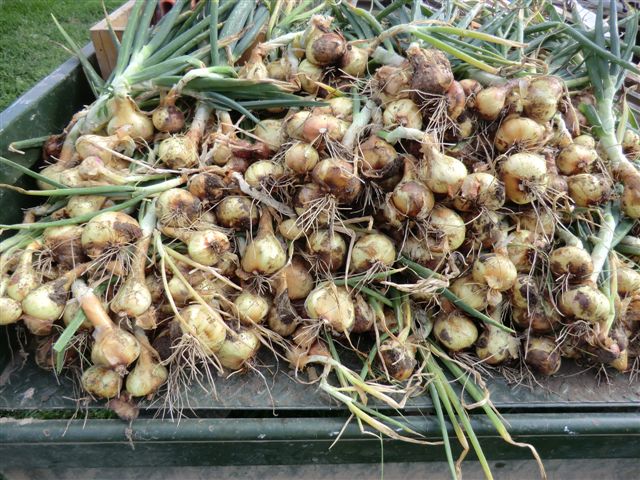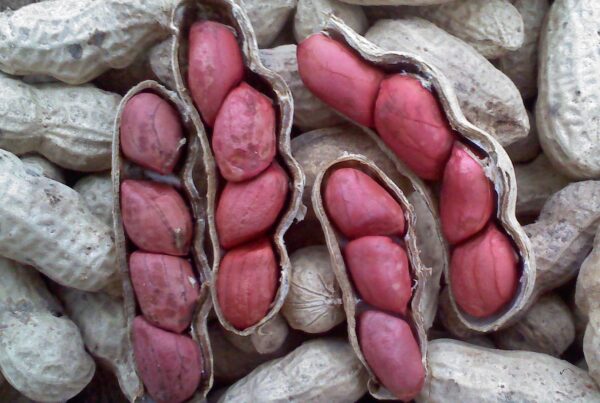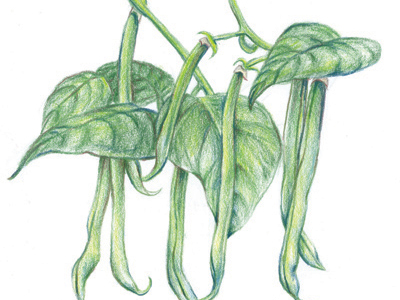Before you plant your garlic you need to decide which varieties to try. Luckily, in our part of the country, we can grow any of the three main types: Softneck, Hardneck, and Asiatic/Turban.Â
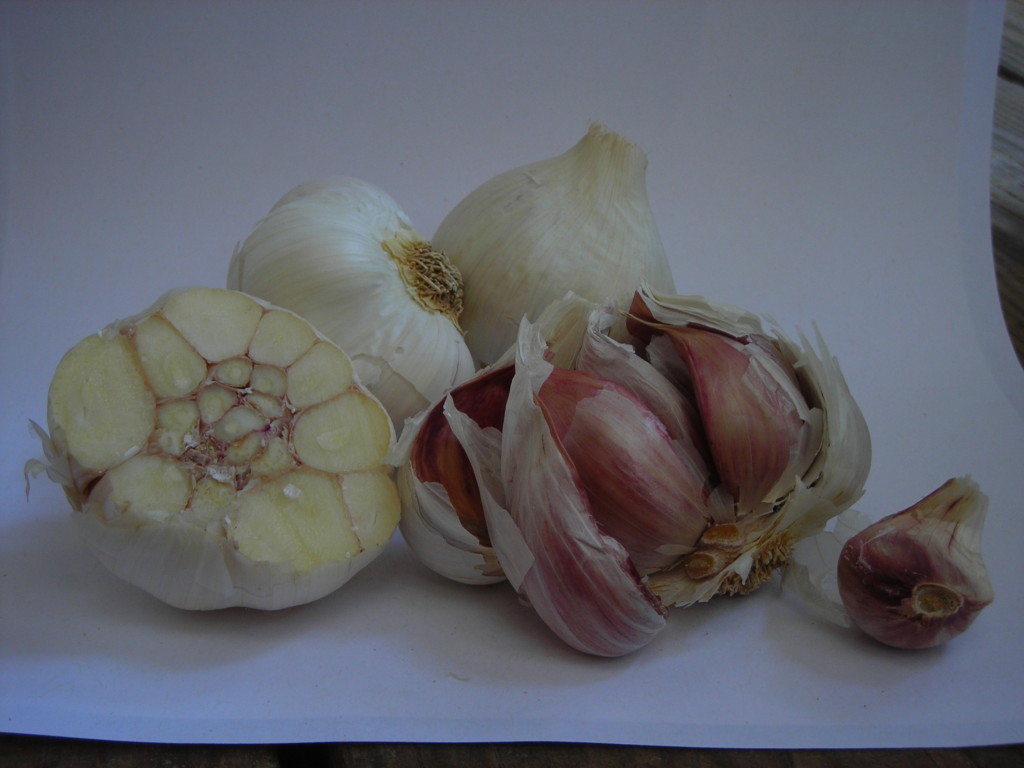 Softnecks (e.g., Silverskin and artichoke garlics)
Softnecks (e.g., Silverskin and artichoke garlics)
They are a bit easier to grow in our region because they mature well even in mild winters. They also store very well and are braidable. They do not form scapes (which some people like the look of, or the taste of when pickled or in spring salads). Widely-adapted softnecks which are good for cooler areas, as well as warmer ones, are Italian Softneck, Inchelium Red, and Silverskins (which store up to 12 months under the best conditions). Other popular softnecks include Lorz, Red Toch, Nootka Rose, and Silverwhite.
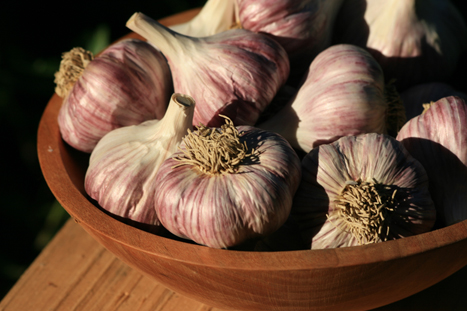 Hardnecks (e.g., Rocambole and Porcelain)Cooks like these varieties because their large bulbs with 5-7 large cloves peel easily. Hardnecks like cooler areas. Most hardnecks last 4-6 months but Music and Chesnok Red can keep 7 months or more here in central Virginia. Besides Music and Chesnok Red, German Extra Hardy is always a favorite hardneck. This year Southern Exposure also offers Romanian Red, Appalachian Red, Turkish Red, and Killarney Red.
Hardnecks (e.g., Rocambole and Porcelain)Cooks like these varieties because their large bulbs with 5-7 large cloves peel easily. Hardnecks like cooler areas. Most hardnecks last 4-6 months but Music and Chesnok Red can keep 7 months or more here in central Virginia. Besides Music and Chesnok Red, German Extra Hardy is always a favorite hardneck. This year Southern Exposure also offers Romanian Red, Appalachian Red, Turkish Red, and Killarney Red.
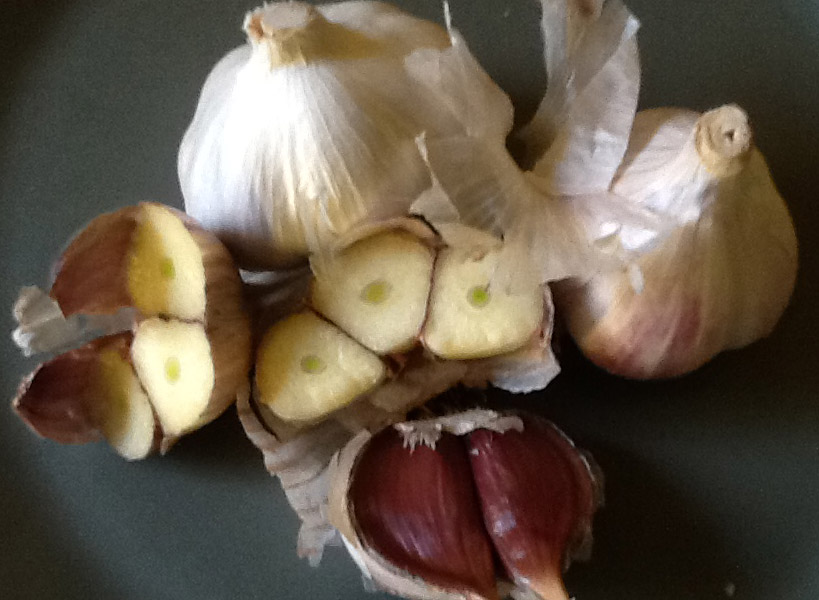 Asiatic and Turban
Asiatic and Turban
These varieties are a subset of Softnecks. They used to be labeled “weakly bolting hardnecks†(feel free to make fun of that description!). In cooler areas they may bolt and form a hardneck. Asiatic and Turban garlics mature earlier than other types. This season you can get varieties including Maiskji, Russian Inferno, and Shilla.
- Elephant
Elephant garlic is actually not a garlic, but a leek. Much larger than regular garlic, the bulbs can weigh more than ½ pound. They are easy to peel and are very mild and sweet. Elephant garlic is not as temperature sensitive so it grows well from the Canadian border to Florida. The tall stalk with its purple globe flower is a decorative addition to your vegetable or flower garden.
Types of Shallots and Other Fall-Planted Perennial Onions and Leeks
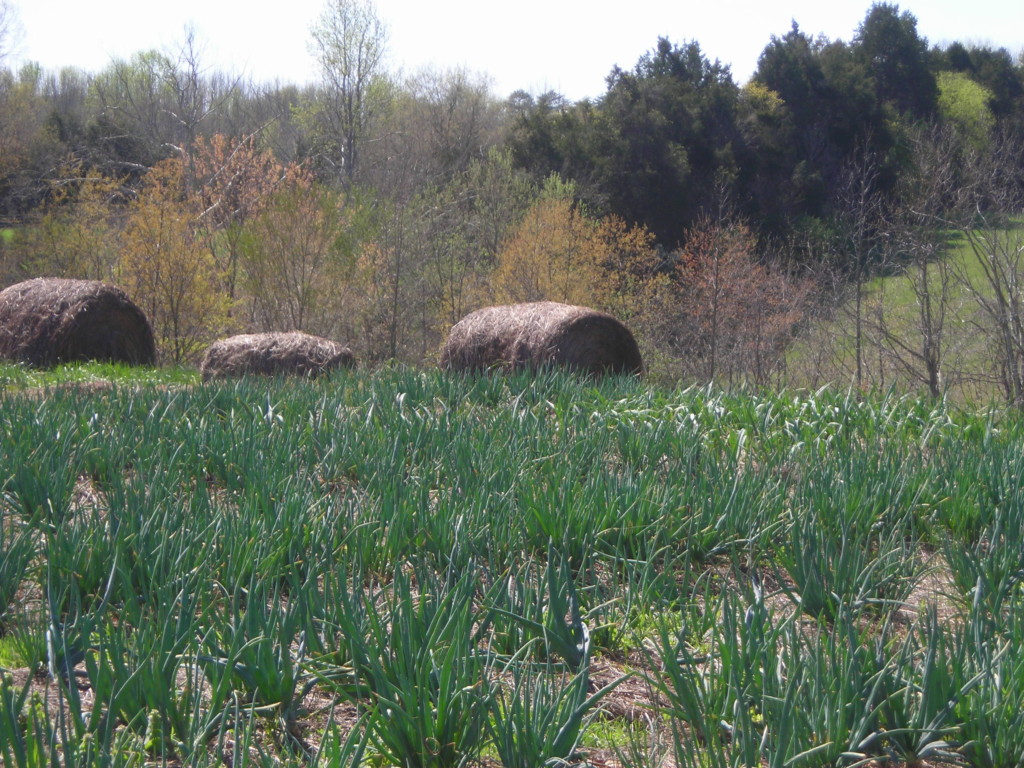 Want to try a perennial onion in your garden this winter/spring? Yellow potato onions are a traditional favorite that grow very well in Virginia. Growing shallots and perennial leeks are similar but have subtler flavors that add class to your cooking. Harvest green onions fresh all winter with White Multipliers or Egyptian Walking onions.
Want to try a perennial onion in your garden this winter/spring? Yellow potato onions are a traditional favorite that grow very well in Virginia. Growing shallots and perennial leeks are similar but have subtler flavors that add class to your cooking. Harvest green onions fresh all winter with White Multipliers or Egyptian Walking onions.
Like garlic, these alliums go in the ground when few other garden chores demand attention. You also want to add your compost and other amendments in the fall, not in the spring. Compared to the onions you might plant in the spring, fall-planted alliums can be more reliable and productive, less day-length sensitive, and suffer less from disease, pests, and drought.  All multiply primarily through the formation of new bulbs (i.e., vegetative propagation). Most alliums do not produce seed.
Top-Setting Multiplying Onions
Sometimes called walking onions, Egyptiona onions, tree onions, or top onions, these multipliers supply onion greens all year round. Â They produce small purple-red bulbils on tall stems instead of underground bulbs or seed. You can use them for pickling and in salad dressings vinaigrettes or soups. They store for several months. Also, walking onions are fun and interesting to share with your children and neighbors. The available variety is Egyptian Walking Onion.
Bulbing Multiplying Onion
These onions are most often known as potato onions. Other names include ground onions and hill onions. Some are called “yellow†or “red.†They store very well leaving you with good-condition, tasty onions well into the next summer. Old timers used to say, “Plant yellow potato onions and you’ll never need to get store-bought onions again.†These multipliers have a definite onion taste that goes well in soups, sauces, and other cooked dishes. However, they are mild enough to use minced raw in something like potato salad. The available variety is Yellow Potato Onion.
Shallots
These easy-to-grow multipliers are a favorite in French cooking. Shallots are technically a small bulbing multiplying onion with a subtle taste in between onion and garlic. Each planted bulb produces 4-12 small bulbs, joined at the base. Â Available varieties include French Red Shallot, Grey Griselle Shallot, and others.
Perennial Leeks
Perennial leeks and the perennial Rakkyo (a.k.a., true pearl onion) are the least commonly available of the fall planted alliums. Both grow well in the southeast and produce a good of green leeks in the fall and winter. A long white stem or bulb forms by spring. The bulbs of Rakkyo in the second year are what were traditionally used to make pickled onions for drinks.
For more useful information on growing all these great alliums, check out Southern Exposure’s comprehensive downloadable Garlic & Perennial Onion Growing Guide (PDF) and our blog post How to Grow Garlic from a Clove. Also, VABF member Pam Dawling has written several articles available at www.SustainableMarketFarming.com.
By Ira Wallace of Southern Exposure Seed Exchange, author of The Timber Press Gide to Vegetable Gardening in the Southeast

